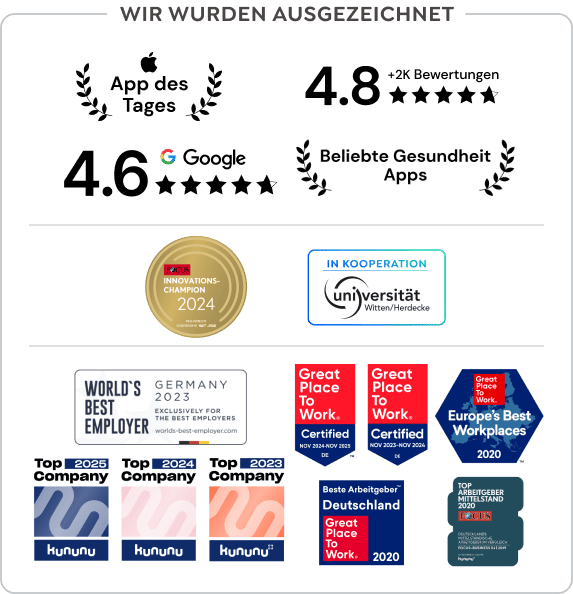
Does your team have everything under control? Are you on schedule, do you have the necessary budget and are you delivering the desired performance? The magic triangle will help you get the job done. Especially as Executive you should know how to use this method.
What is the magic triangle anyway and what can you use it for? It has proven particularly useful in project management, and this model also exists for the business sector. However, the topic "Magic Triangle" here mainly deals with project management. You want to be successful? It's right in the middle, just like the goal and quality.
You want to know what a magic triangle is? Then draw an equilateral triangle and name the three angles "time", "effort" (cost) and "result" (performance). These elements form the basis of this versatile project management tool. There is actually no magic behind it, but logical coherence. If one of these Three factors changes, it influences the other two. They are therefore closely interdependent.
And how does it work? Isn't there also a game called magic triangle?
Strictly speaking, there are several variants:
The model is particularly well known in project management. Here, a magic triangle serves to provide a better overview. It helps to plan ahead. It can be quickly adapted in the event of necessary changes and thus minimizes risk. The magic triangle is also an important tool for communication. The decisive factors are always present - not only for project management, but also in the sales area. Accordingly, the magic triangle is important as a Business model.

A magic triangle, as I said, is composed of three dimensions:
The time dimension refers to the time periods, deadlines and milestones of the projects. How much time do you have for implementation? When does the work start and by when must it be finished? What are the dates and deadlines to be met?
The cost dimension is based on budget planning on the one hand and real costs on the other. Personnel expenses and material resources are also relevant in this context. Is there possibly the possibility of an increase?
The performance dimension or quality dimension characterizes the work required and the achievement of the goals set. The focus here is therefore on the content and scope of the project.
In comparison to this magic triangle of project management, there is also the magic triangle of business.
And what is the magic triangle of investing? This is not about time, cost and performance, but about the Three elements:
The Conflict of objectives can be applied to all types of investment, such as mutual funds. Just as with the magic triangle of project management, changing one goal affects the others. This answers the question "Why is the magic triangle of investing money magic?" by itself.
Whether you use a magic triangle for your investments or for project work: Ultimately, you must use it to decide where your priorities lie.
Sometimes it's hard, Making decisions. What matters most right now? Do you want to minimize costs or put in a little more effort to achieve your goal?
To make a decision, you first need to know which aspect is most important. Where can you make compromises and what is indispensable?
If you understand why the magic triangle is magic, you can work well with the interdependencies. Keep the success factors in mind. Do you need more time to deliver good quality? Then more performance effort is also needed. It may be worth it to work overtime - and perhaps cut back on pay.
Magical how the priorities shift and affect the three dimensions. Magical, but also logical if you think about it carefully: if you change one angle of the triangle, the other two increase or decrease.

A magic triangle saves you from mistakes and brings you closer to success. This starts with the clear definition of the three target dimensions. Cost, time and performance, with these elements as a basis, goal-oriented planning is possible.
Also, you are familiar with the following Tips helpful:
A magic triangle can lead to conflicting goals. The reason for this is often the different demands and priorities of the stakeholders. Then the magic triangle becomes a tension triangle.
To avoid mistakes, keep in mind that the triangle greatly simplifies reality. Keep an eye on the risks - whether it's delays or a sudden increase in costs. Most importantly, open communication helps to overcome difficult phases.
Your magic triangle puts costs, time and performance in relation to each other - and helps you to keep track of everything. So sketch out your personal project management triangle before you frantically start working. Develop a strategy first. That way, you won't forget any important points during the project.
The explanation makes you aware of the possibilities you have. Use the three dimensions for your own path to success. This will make it easier for you to define priorities and make decisions. What is indispensable and where do you still have room for adjustment? How can you distribute tasks and allocate resources? With open communication, you keep the project management and other stakeholders informed.
Entrepreneurial decisions, strategies for success, but also more Satisfaction - with the necessary input and the magic triangle, you are on the right track.



